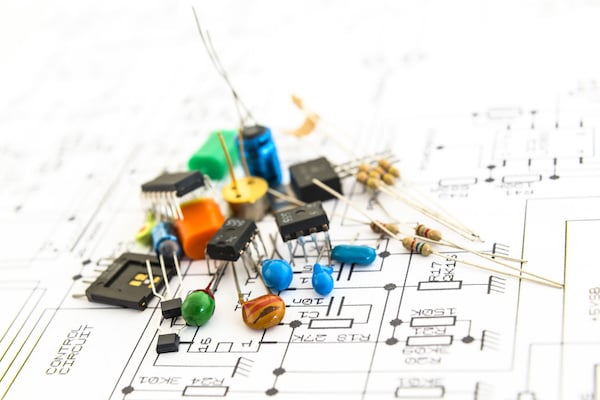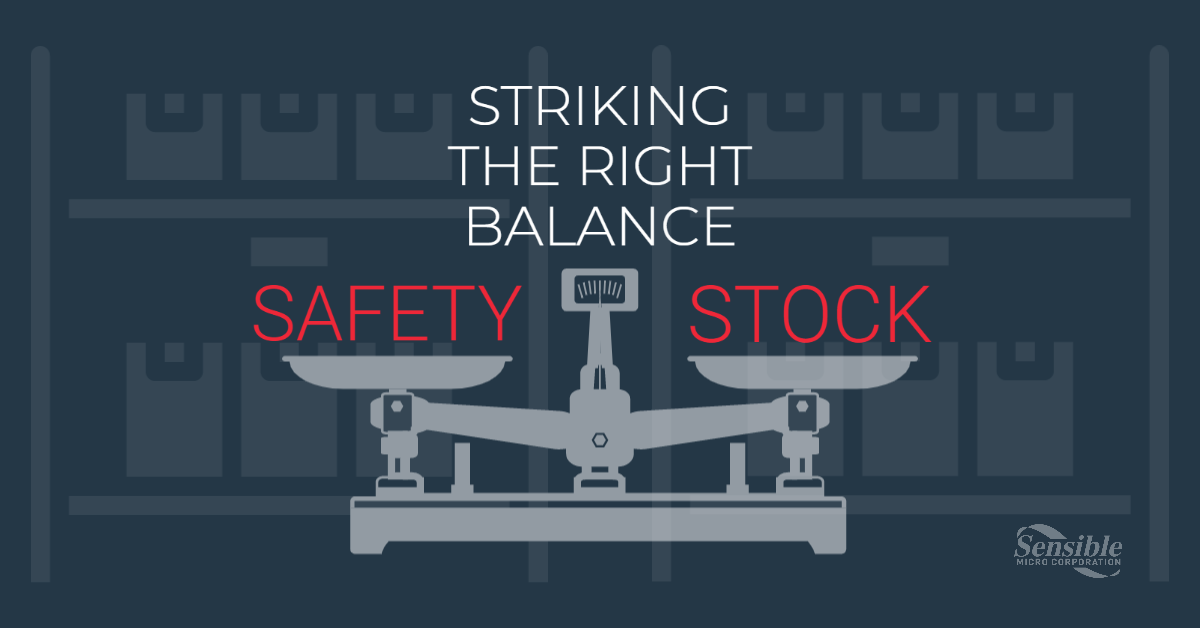The growth of technology is fueling demand for electronic products—resulting in the need for electronic components. While this is great news for many OEMs and EMS providers, it has also resulted in ongoing component availability issues. In fact, it’s estimated that in 2018, lead time for several types of components was between 18 and 50 weeks, and purchasing agents are expecting more of the same in 2019.
What can OEMs and EMS providers do to combat availability issues? We’ve identified three strategies.
1. Have a Second Source on your Approved Vendor List (AVL)
Having just one approved vendor for any part can put you in a perilous position, the old “all your eggs in one basket” scenario. In this situation, your vendor may be short on the part you need, the part has gone obsolete or they simply drop the ball during delivery. Whatever the cause, it could throw your supply chain into chaos and leave your customers dissatisfied.
The best thing an OEM or EMS provider can do is to have a second source on standby. This can be easier said than done, especially if the component is highly-specialized or even customized, but it’s critical and better than sourcing at the last minute; doing so in an emergency can lead to improperly vetted suppliers, which can introduce inferior electronic components or hardware into your supply chain.
2. Bring in Bonded Inventory
The concept of bonded inventory was originally conceived to promote global trade. Because products and parts often travel through various countries before reaching their final destination, bonded warehouses enabled importers to avoid excessive taxation from the go-between countries involved in the process.
For today’s OEMs and EMS providers, bonded inventory involves a supplier buying the needed materials and storing them for a contracted period of time. This way, specific quality inventory is segregated and reserved for the manufacturer so they don’t have to worry about coming up short. Not only does this help them sustain business operations without concern of electronic component availability issues, but it also reduces the amount of inventory they manage in their own warehouses.
One consideration for any OEM or EMS provider considering bonded inventory is to be sure the supplier operates out of safe, climate-controlled warehouses.
3. Source the open market or use an alternate/cross-part option
Sourcing the open market can be a cause of concern to manufacturers, but using a trusted independent distributor can really help them out in a pinch. Some reputable distributors may already stock the component needed, or have sourcing teams that are able to search across a global network to get it.
These distributors are also pros at cross-part opportunities. This is when the sourcing team will look for alternate manufacturers for commodity-type components. Often, the part is not an exact match but will have form-fit function requirements—so it can ultimately save manufacturers money and potentially provide better delivery schedules. Best of all, it enables them to add another source to their AVL, which as already discussed is one of the best ways to avoid component availability issues.
If you have frequent component availability issues or just concerns about them, Sensible Micro can help. Our team of experts and sourcing specialists will find you the electronic components you need by searching our global vetted supplier network. Every component we bring in is then sent through our IDEA-1010-STD visual inspection process to ensure your supply chain isn’t compromised with substandard or defective electronic components. Contact a representative today to see how we can help solve your component availability issues!
Stay on top of the latest trends and developments in the industry by subscribing to the Sensible Micro blog today.



















